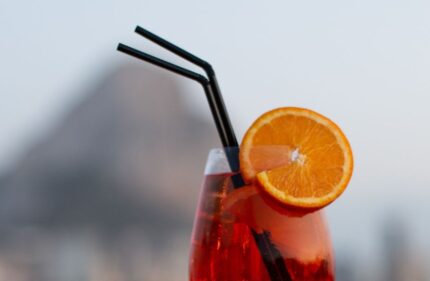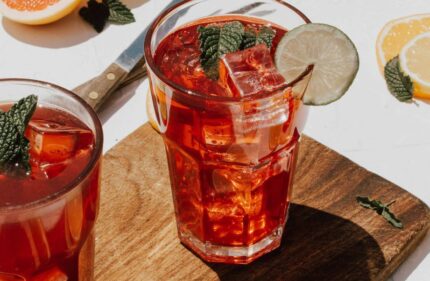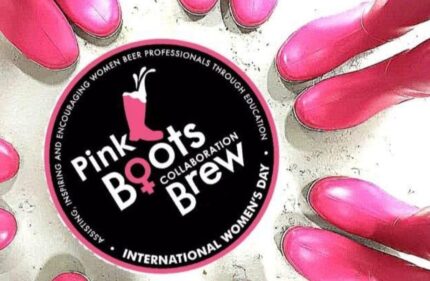Sales figures for the main brewers can provide very valuable and authoritative information for precisely identifying the latest trends in the market. Using these numbers, we can determine which beer styles have the highest worldwide demand and consumption.
The craft beer world has made a qualitative leap in less than a decade and continues to evolve. Hundreds of new products and styles are launched each year with much more sophisticated and refined techniques. Having detailed knowledge of the latest trends moving the industry, therefore, has become a major challenge for industry professionals.
However, there are currently a multitude of analytical tools that can give us some very useful information in real time. We’re talking about data which on their own might not have any value but which, if analysed and used properly, are likely to give us very valuable information about what is really taking place.
Craft beer data, a powerful tool
New styles and production methods are constantly emerging to spawn unique and very high-quality products that consumers are finding very attractive.

This can make us lose our perspective of what is really going on. So, as in other industries, the brewing industry has adopted new methods. Brewers realized some time ago that data can help them see that there are some products with a greater presence at the bar and on supermarket shelves than others.
Some trends, such as democratization and globalization, have made it possible to enjoy an English IPA in Denmark or savour the most popular Belgian beer styles in taverns and bars in the United States. In the next section, we’re going to look at a snapshot of consumption and actual sales figures.
Four trends in craft beer analysed with data
We can imagine which beers are most popular and which have lower sales, but there are four dominant trends based on actual data and analyses of the market that make a difference.

1. IPAs are losing steam
Analysing the data, we have seen that in 2022 the IPA style has lost the strength it had a few years ago. These beers that reappeared in the United States and are now all the rage in many places, have seen a slight drop in sales. It seems that the data reveals that the taste for the IPA has spread and become normalized, and now the trend is changing in the direction of beers that are malted and balanced.

2. Popularity and healthy awareness
Everyday habits and a preference for healthy lifestyles are gaining ground among consumers, and these trends are naturally making it to the craft world. While the industry used to be laser-focused on flavour, now, very aware that the public likes beer—but only as long as it isn’t harmful to their health—it is manufacturing more and more products that consumers can drink without any risk. We can now find gluten-free, low-calorie, and low-alcohol craft beers at festivals. In addition, new craft alternatives are being born, like kombucha and CBD beverages.
3. The craft beer industry is more technological
A few years ago, beer was being brewed using the trial-and-error method, which resulted in gradual improvement of the recipes. Now, new fermentation control systems make it possible to adjust each production batch to the maximum degree. Most of these solutions are based on data that enable the brewer to exhaustively control each phase of the process (from the temperature to the yeast strain), cut costs, and, logically, obtain high-quality and sustainable results and batches. The best is yet to come.
4. The resurgence of Belgian craft beer tendencies
A new generation of small brewers, especially American and Australian, are starting to take a great interest in Belgian beers. These beers are complex and very special, and are often brewed using spontaneous fermentation.

An ICEX study on “The Craft Beer Market in the United States” (2021) establishes that the three most consumed types are IPAs, followed by Belgian witbiers and seasonal beers.









